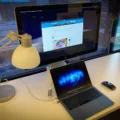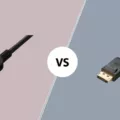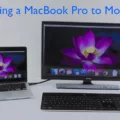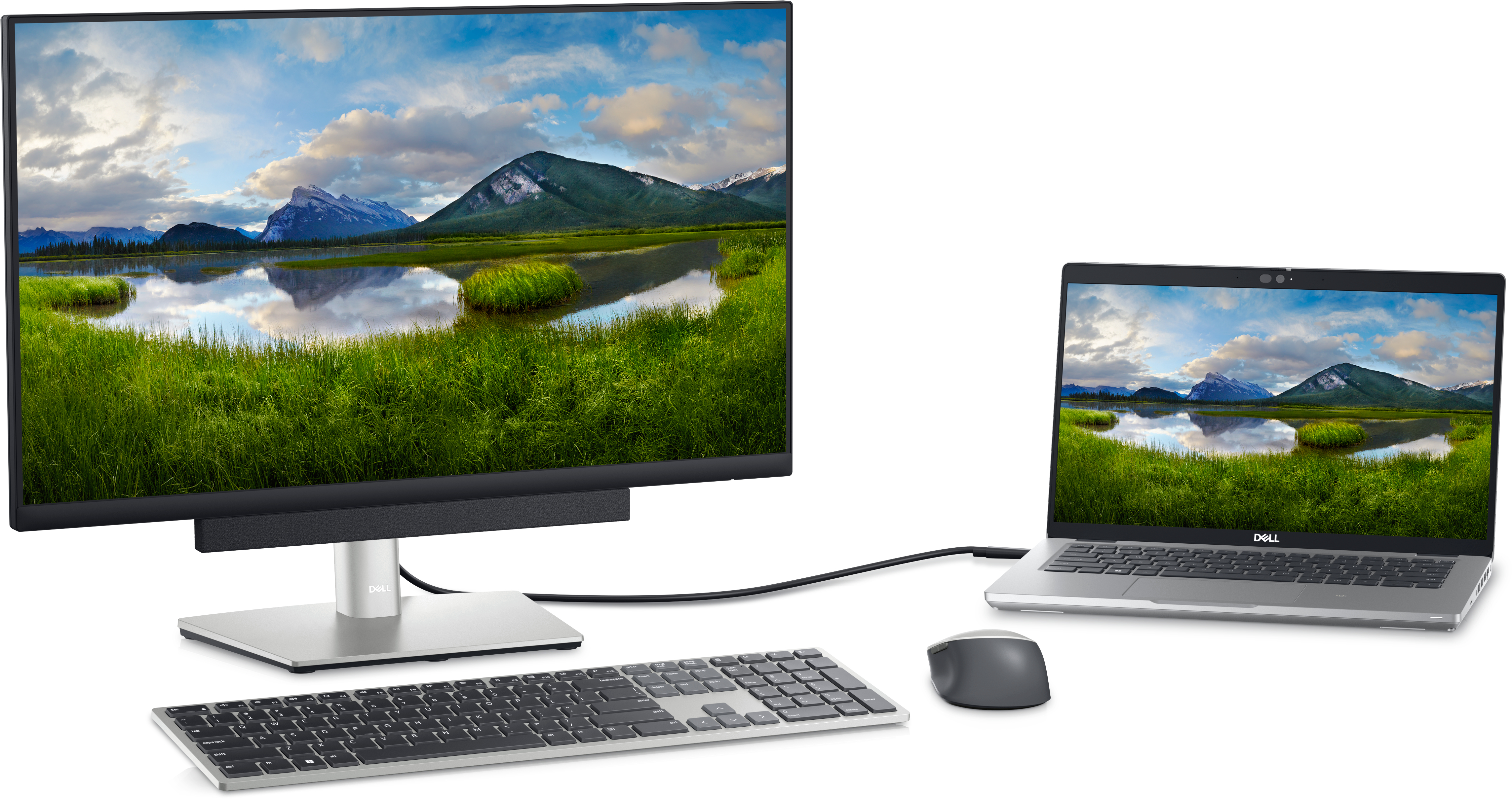Chromebooks are a popular type of laptop that runs on Google’s Chrome operating system. They are known for their lightweight design, long battery life, and affordable price tag. One of the benefits of a Chromebook is the ability to connect it to a TV or monitor, which can be useful for streaming videos or giving presentations. However, if your TV does not have an HDMI port, you may need to use an alternative method to connect your Chromebook.
The first step is to make sure your Chromebook is connected to Wi-Fi and has Bluetooth turned on. Then, select the time in the bottom right corner and choose “Cast devices available.” From there, select your Chromecast and choose what you would like to share. The window will then appear on your TV screen.
If you want to cast from a browser, open the webpage you want to cast and select the “More options” icon in the upper right corner. Choose the Cast icon on the toolbar and your Chromebook will search for compatible devices. The video will start playing on your TV.
If your Chromebook does not have an HDMI port, you will need to use a USB-C hub. Most USB-C hubs for Chromebooks have HDMI ports for adding on a monitor, but be sure to check the display mode. First, plug the HDMI cable into the adapter and then insert the adapter into one of the USB-C ports on the side of your Chromebook. Insert the opposite end of the HDMI cable into your TV and look for one or more HDMI ports on the back, bottom, or sides of the screen.
Connecting your Chromebook to a TV without an HDMI port is possible with the use of a USB-C hub. By following the steps outlined above, you can easily stream videos or give presentations on a larger screen.
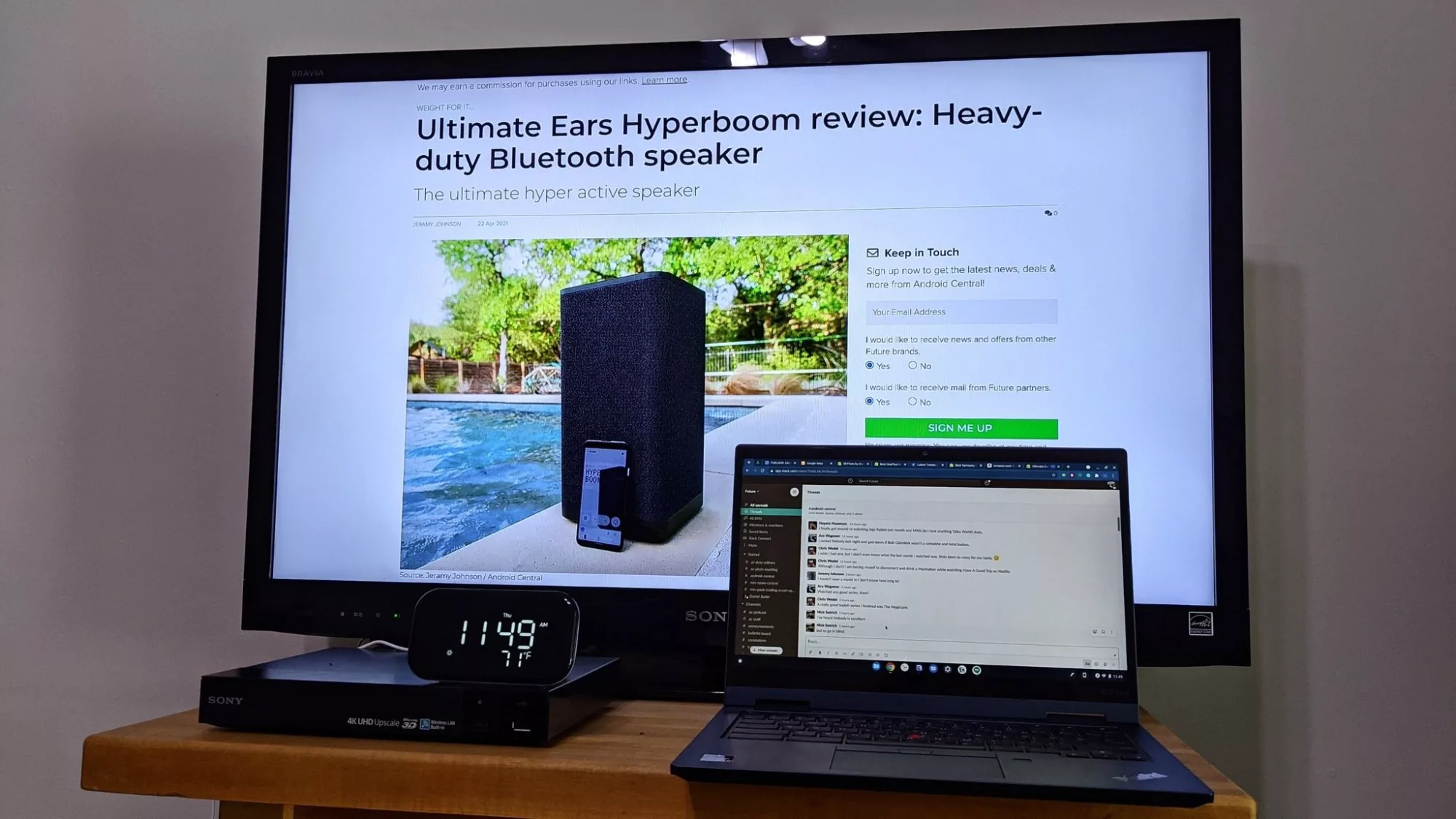
Connecting a Chromebook to a TV Wirelessly
To connect your Chromebook to your TV wirelessly, follow these steps:
1. At the bottom right of your Chromebook screen, click on the time.
2. Ensure that Wi-Fi is turned on. If not, switch it on.
3. Make sure Bluetooth is also turned on. If not, turn it on.
4. Click on “Cast devices available” to see a list of available devices.
5. Select your Chromecast from the list of available devices.
6. Choose what you want to share on your TV screen.
7. Click on “Share” to display the selected content on your TV screen.
Once you’ve completed these steps, the content will appear on your TV screen, allowing you to enjoy your favorite movies, TV shows, or presentations wirelessly from your Chromebook.
Connecting a Chromebook to a TV
To get your Chromebook screen to show on your TV, you can use the built-in Cast feature. Firstly, ensure that both your Chromebook and TV are connected to the same Wi-Fi network. Then, open the webpage or content you would like to cast on your Chromebook. Click on the three vertical dots on the upper right corner of your Chromebook screen to access the More options menu. From there, select the Cast icon on the toolbar. Your Chromebook will search for compatible devices, and when it finds your TV, select it from the list of available devices. The video or content will start playing on your TV screen. You can also adjust the quality of the content by clicking on the gear icon next to the device name. Note that not all TVs may be compatible with this feature, so ensure that your TV supports casting before attempting this method.
What To Do If My Chromebook Does Not Have an HDMI Port
If your Chromebook does not have an HDMI port, you will need to use a USB-C hub to connect an external monitor. USB-C hubs are small devices that plug into your Chromebook’s USB-C port and provide additional ports for connecting peripherals such as monitors, keyboards, and mice. When selecting a USB-C hub, make sure to choose one that has an HDMI port to connect your external monitor.
It is important to note that not all USB-C hubs support the same display modes. Some USB-C hubs only support mirroring, which means that the external monitor will display the same content as your Chromebook’s screen. Other USB-C hubs support extended display, which allows you to use the external monitor as a second display and extend your desktop across both screens.
If your Chromebook does not have an HDMI port, you will need to use a USB-C hub to connect an external monitor. Make sure to choose a USB-C hub that supports the display mode you need, and has an HDMI port for connecting your monitor.
Conclusion
Chromebooks offer a unique and affordable computing experience that is ideal for those who prioritize speed, simplicity, and security. With their lightweight design, long battery life, and cloud-based operating system, Chromebooks are perfect for students, professionals, and anyone who needs a reliable and efficient computer for everyday use. Whether you’re browsing the web, streaming videos, or working on documents, Chromebooks provide a hassle-free and enjoyable computing experience. Additionally, with the ability to cast to a TV or monitor, Chromebooks offer even more versatility and convenience for users. Chromebooks are an excellent option for those looking for a fast, reliable, and affordable computer.






